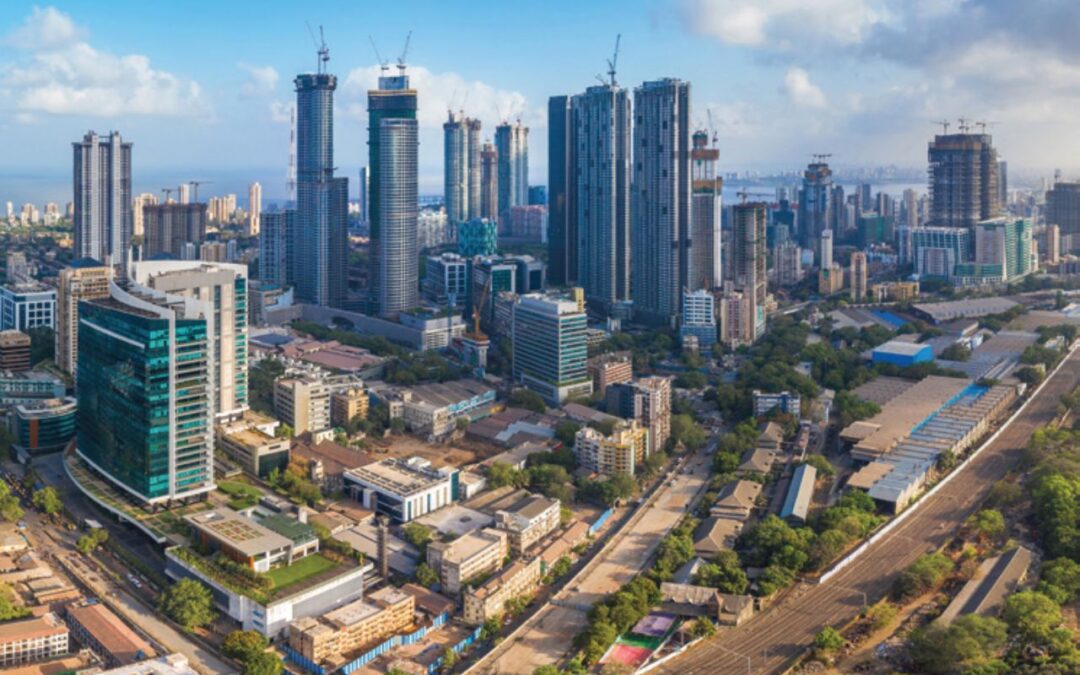Synopsis: Bengaluru and Mumbai are two of the hottest real estate markets in India but their micro-markets offer very different opportunities. This article compares both cities to help investors identify which market promises better returns in 2025.
The Indian real estate market is buzzing with opportunities, and two cities that consistently dominate investment conversations are Bengaluru and Mumbai. The secret of making a smart investment decision is to know their micro-markets – their neighborhoods and pockets that are sources of demand and returns.
What are Micro-Markets?
The smaller area of a city that creates its own trends in real estate is a micro-market. Consider Whitefield in Bengaluru or Thane in Mumbai- both of these areas became autonomous real estate hubs due to infrastructure, employment, and social facilities.
Although the cost of living in Mumbai might seem prohibitive, the cost of living in Thane or in Navi Mumbai might be affordable. And the Sarjapur Road in Bengaluru can be more advantageous in rentals than established saturated locations. Micro-markets can either make or break an investment into a goldmine or disappointment.
Bengaluru’s Micro-Markets
Bangalore is appealing to the young and mobile demographic, as there’s a constant stream of professionals, pushing the market towards demand in rental houses and long-term property.
- Whitefield: It was one of those sleepy suburbs, but now IT parks, shopping centers, and foreign schools are established there. Metro connectivity is also growing, which is increasing prices and rentals.
- Electronic City: Wipro and Infosys are IT giants. It is a good place to get affordable houses, especially for first-time purchasers and rental investors.
- North Bengaluru (Hebbal and Devanahalli): Due to its proximity to the airport and the future expected developments such as the Peripheral Ring road, it will be an investment bet of the future.
- Sarjapur Road: The position is well-positioned in between the IT corridors and appeals to professionals as well as families with modern-day gated community projects.
- Rental Yield: Bengaluru has yields of between 3-5%, which are among the best in India. Relatively low prices compared to those in Mumbai, which means that investors can invest with a smaller budget and still receive high long-term returns.
Also read: Top Micro Markets in Delhi-NCR for Property Investments in 2025: Find Out Where to Put Your Money
Mumbai’s Micro-Markets
Mumbai, being the financial capital of India, is the priciest market. Although the entry barrier is high, it is still appealing to the investors who desire prestige and long-term investment.
- Andheri & Powai: Stronger networks of neighborhoods with an inter-commercial and residential appeal to the professionals of the middle and high-income groups.
- Navi Mumbai: A proposed city containing future infrastructures such as the Navi Mumbai International Airport.
- Thane: Now developed fully with malls, schools, and metro development, and thus appealing to middle-class families and investors.
- South Mumbai (Colaba, Worli, Lower Parel): Super luxury areas with very high residential property costs, with HNIs and international investor populations.
- Rental Yield: Mumbai will normally give 2-3%, which is less than Bengaluru. Nevertheless, it balances this out with huge capital appreciation, particularly in the upscale neighborhoods.
Comparison: Bangalore OR Mumbai
- Affordability: A customer who has an investment of ₹80 lakhs will be able to purchase a modern 2BHK in Whitefield, but the same amount will only get a small apartment in Thane or in Navi Mumbai.
- Rental Returns: Bengaluru has better yields, which is attributed to the fact that employees in the IT sector are in constant demand.
- Capital Appreciation: Mumbai has a good track record in appreciation, especially in the luxury and waterfront properties.
- Infrastructure Development: Bengaluru occupies the lead in the speed of the metro expansions and airport-related projects, whereas the Navi Mumbai airport and metro network expansion will move Mumbai towards long-term development.
- Risk & Stability: Bengaluru has a more stable demand because of IT underpinning, whereas the Mumbai market is more expensive but is regarded to be more stable by brand values and world investor presence.
Which City Is Better for Investment?
- New investors or rental incomes: Whitefield, Sarjapur, and Hebbal are some of the micro-markets in Bengaluru, offering an affordable entry with dependable yields.
- Luxury and long-term appreciation buyers: South Mumbai, Bandra, or Powai areas of Mumbai, there are customers who will play the long-term game.
- Balanced investors: between affordability and future growth prospects are Navi Mumbai and Thane in Mumbai, or North Bengaluru, close to the airport.
Conclusion
Bangalore can be your best choice for low-priced and high-yield investments, whereas Mumbai is the best city for prestige and celebration investments. The choice is between stable rental money with a lower entry cost or being willing to spend large sums of money on lavishness and heritage holding.
Written By Vijetha Gosi


